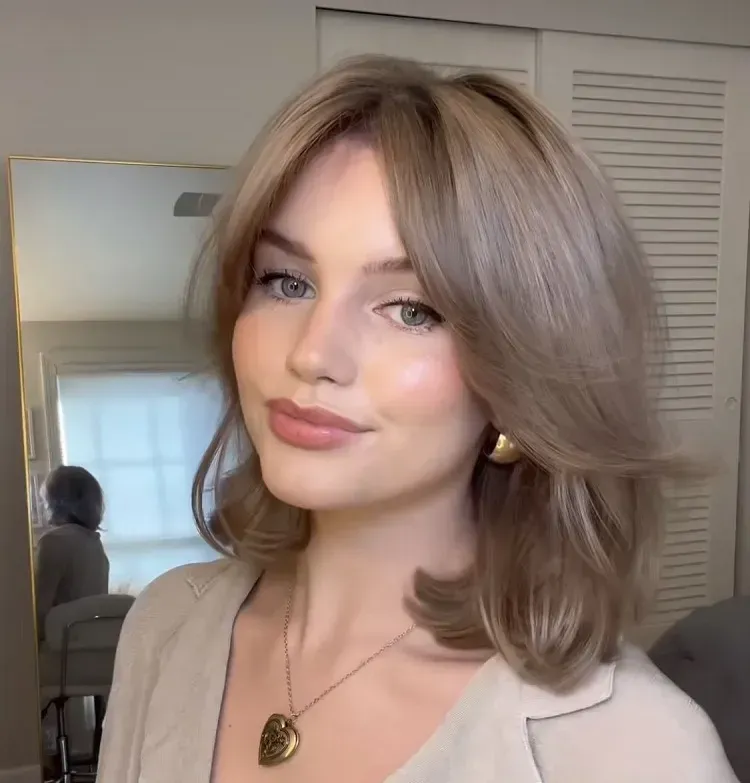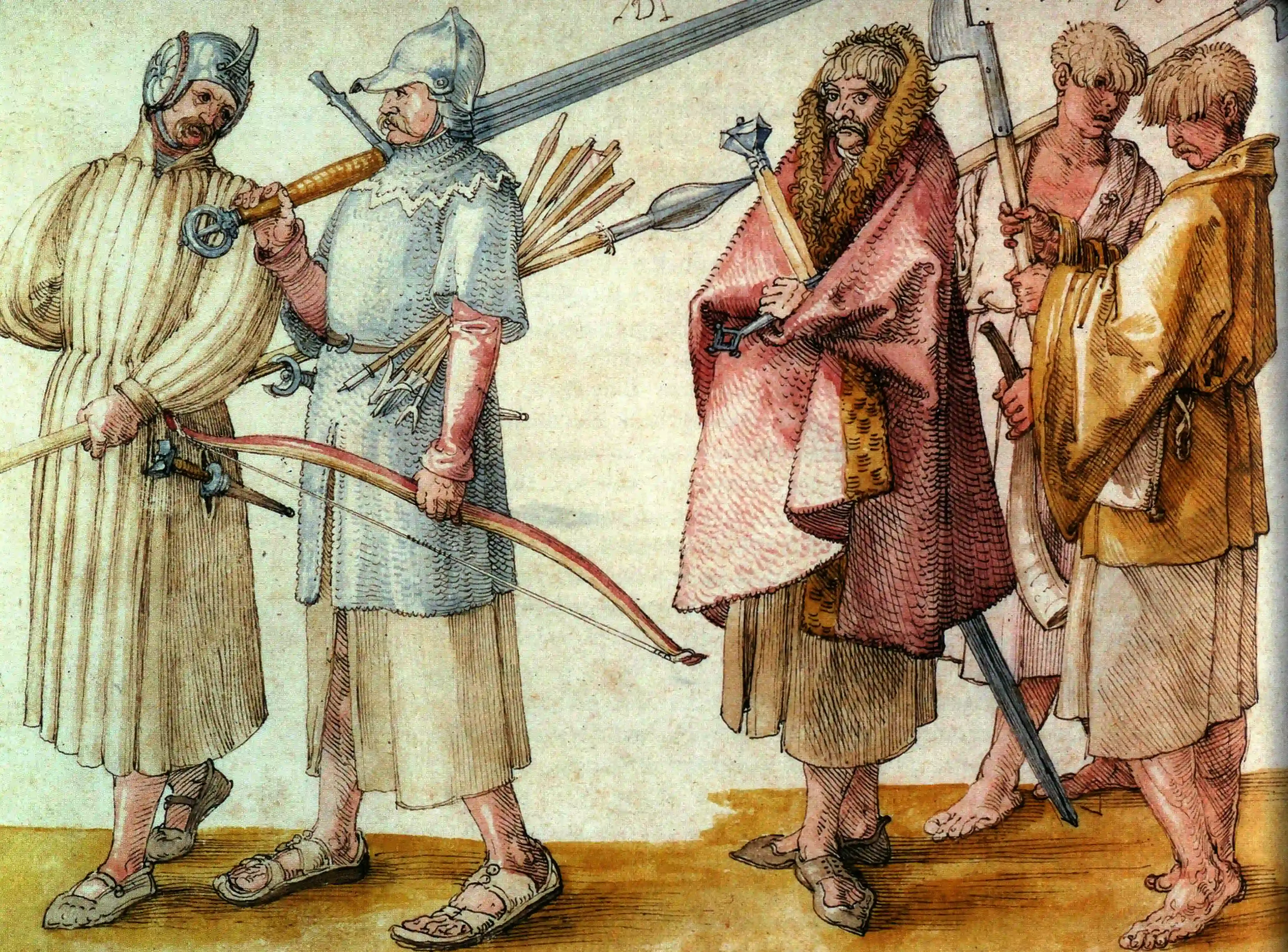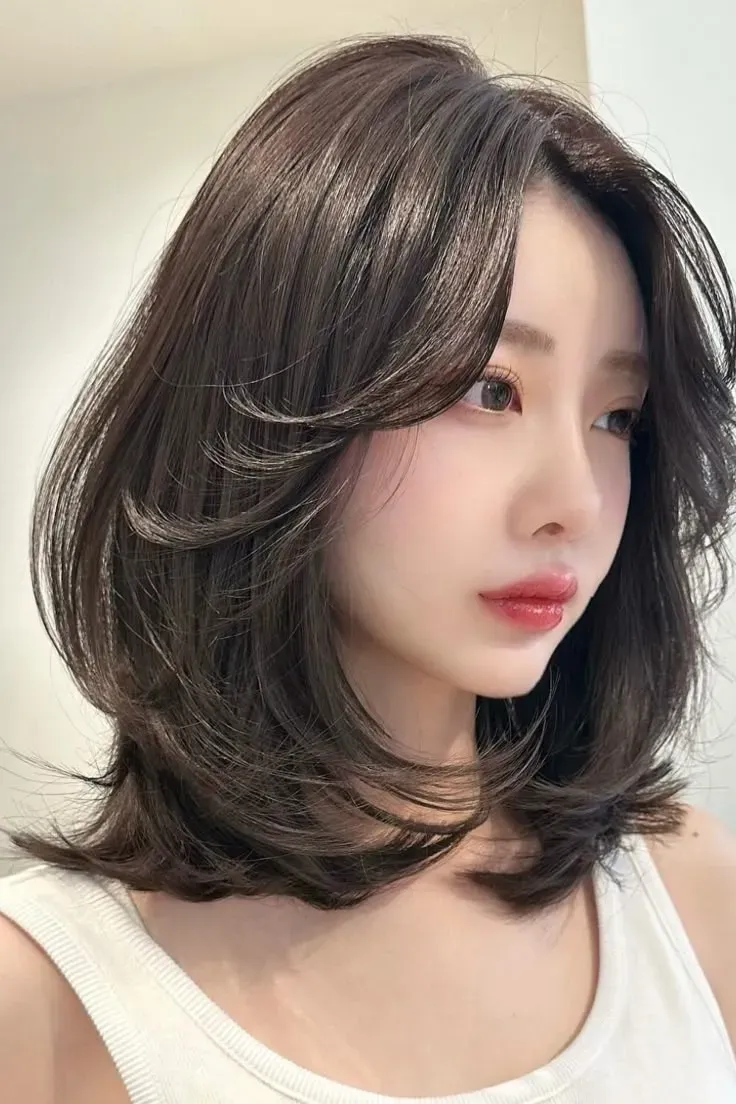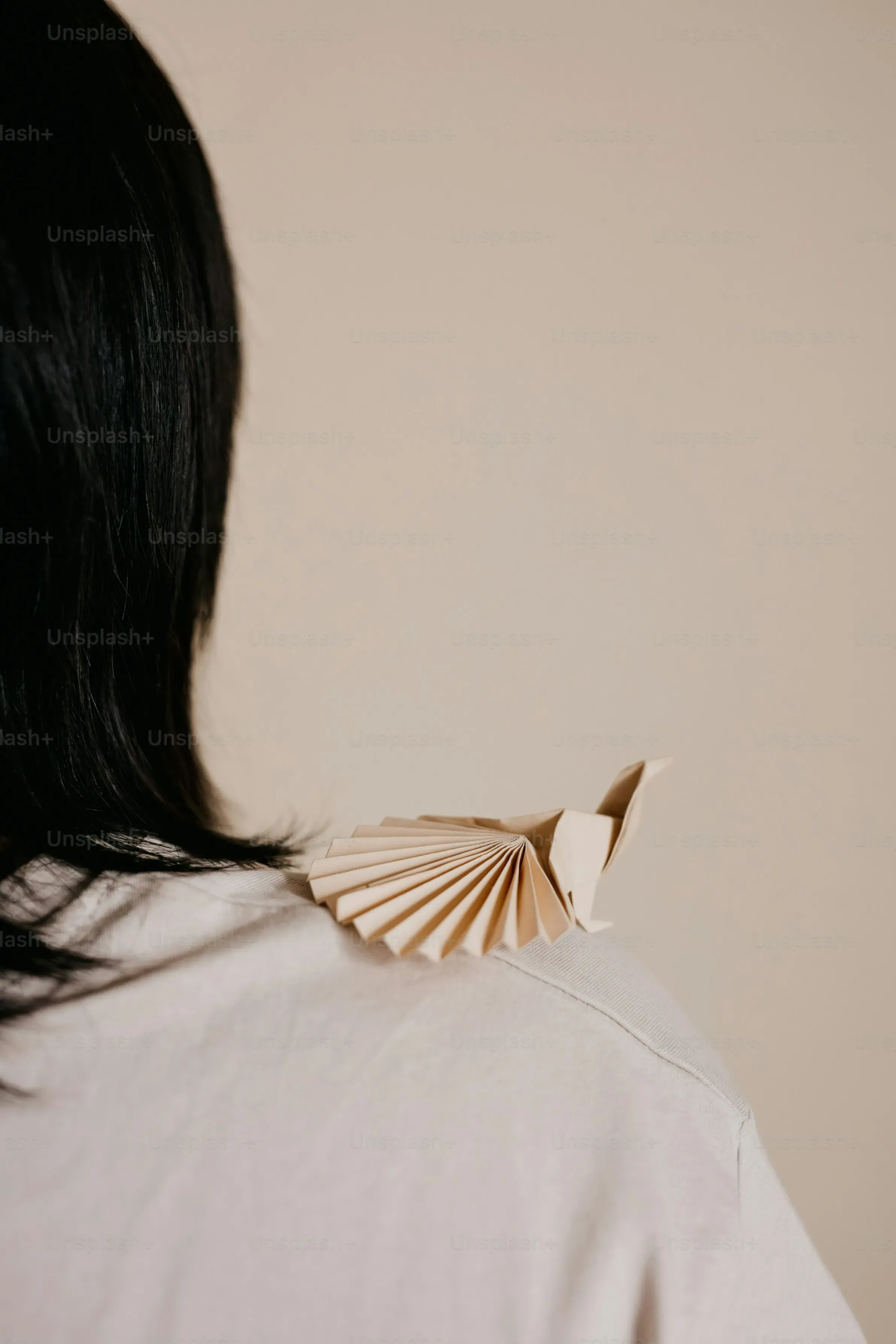You’ve scrolled past countless videos, seen the dramatic transformations, and maybe even saved a few inspiration pics. The butterfly cut is everywhere, promising volume and movement with its signature face-framing layers. It looks fantastic on long hair, giving that effortless, blown-out vibe. But what if your hair sits somewhere above your shoulders? Can you actually pull off a butterfly cut in short hair, or is that just social media fantasy?
The Butterfly Cut Craze: Does It Work on Short Hair?

The Butterfly Cut Craze: Does It Work on Short Hair?
Everyone's Talking About the Butterfly Cut
Walk into any salon or scroll through Instagram, and you're bound to see someone sporting a butterfly cut. It’s become the go-to for adding serious volume and that airy, layered look that frames the face beautifully. Think big, bouncy layers that mimic the wings of a butterfly – hence the name. On long hair, it's a no-brainer. You have plenty of length to play with, creating distinct layers that cascade down. It gives movement without sacrificing too much overall length, which is why it exploded in popularity. But when you look at those dramatic long-haired examples, a thought pops up: could this possibly translate to something shorter?
The core idea of a butterfly cut involves cutting shorter layers around the face and crown, which blend into longer layers throughout the rest of the hair. The face-framing pieces are key; they're often cut to chin length or shorter, creating lift and definition. The longer layers underneath provide the base and weight. This contrast is what gives the cut its signature shape and volume. For someone with hair past their shoulders, achieving this layered effect is straightforward. You create the short bits up top and leave the length below. Simple enough, right? Except when you don't have much length below to begin with.
The Short Hair Dilemma: Where Do the Layers Go?
Here's where the confusion usually kicks in regarding a butterfly cut in short hair. If your longest layers are already sitting at your collarbone or chin, how do you add *shorter* layers on top without ending up with a mullet, or worse, just a choppy mess? The standard butterfly technique seems to demand a significant difference between the shortest and longest layers. On a classic bob, for instance, all the hair is relatively the same length. Introducing drastically shorter layers around the face could look disconnected and awkward, not like graceful butterfly wings.
People picture those dramatic, cheekbone-grazing pieces blending into waist-length hair and struggle to see how that same principle applies to a lob. Does it mean you just get a few short pieces around the face and call it a day? Does it require sacrificing even more length from the back? These are the practical questions that arise when trying to adapt a long-haired trend to a shorter canvas. It feels like trying to fit a square peg in a round hole, or perhaps more accurately, trying to make a peacock feather work on a sparrow.
- Traditional butterfly cut: Shorter face frame + long base.
- Short hair: Limited base length to blend into.
- The challenge: Creating noticeable layers without awkward disconnection.
Yes, But It's Not What You Might Think
So, can you get a butterfly cut in short hair? The short answer is yes, but with a significant caveat: it's a *modified* butterfly cut. You won't get the exact same dramatic contrast you see on someone with hair down to their back. Instead, stylists adapt the technique to work with the limited length available. This usually means the "longer" layers are just whatever length your short hair already is (a bob, a lob, etc.), and the "shorter" layers are carefully cut to frame the face and add volume on top, blending more subtly into the existing length. It’s less about extreme contrast and more about strategic layering for shape and lift. It's not the butterfly cut you see on TikTok with hair flips for days, but a tailored version that brings some of that airy movement to shorter styles.
Breaking Down the Layers: How a Butterfly Cut in Short Hair Actually Happens

Breaking Down the Layers: How a Butterfly Cut in Short Hair Actually Happens
It's All About Illusion and Strategic Snips
so how do stylists perform a butterfly cut in short hair without turning you into a walking geometric shape? It’s less about creating drastically different lengths and more about clever sectioning and careful cutting. Think of it as sculpting volume where you need it most – around the face and crown. Stylists isolate the top section of your hair, the part that will become those "butterfly wings," and cut layers into *that* section. This top layer is where the magic happens, providing lift and the illusion of shorter pieces framing your face. The key is how these shorter layers are blended (or not) with the longer hair underneath.
The hair underneath, which is already short (like your bob or lob length), acts as the base. The stylist doesn't typically add super short layers throughout this base unless they are aiming for a different kind of cut, like a shaggy bob. Instead, they focus on connecting the shorter top layers to the existing length below in a way that encourages movement and volume, rather than creating a harsh line. It requires precision because you don't have much room for error when your longest layer is already at your chin.
Connecting the "Wings" to the Base
The real trick to a successful butterfly cut in short hair lies in how those face-framing, crown layers are integrated with the rest of your hair. Since the length difference is minimal compared to a long-haired version, the blending has to be seamless. Stylists often use techniques like point cutting or slide cutting on the ends of the layers to soften them and prevent a blunt, choppy look. The goal is movement and airiness, not stair steps.
Imagine your hair is divided into two main sections: the top, where the "wings" will live, and the bottom, your existing short length. The stylist cuts the top section shorter, creating the lift and face frame. Then, they carefully connect the ends of these shorter layers to the top of the longer bottom section. This connection is crucial. If done correctly, it creates a soft transition that makes the hair appear fuller and more voluminous, especially when styled. If done poorly, well, you might end up regretting asking for a butterfly cut in short hair.
Who Rocks a Butterfly Cut in Short Hair Best? Hair Types and Face Shapes

Who Rocks a Butterfly Cut in Short Hair Best? Hair Types and Face Shapes
Picking the Right Hair Type for a Short Butterfly Cut
Not all hair is created equal, especially when it comes to layered cuts like the butterfly. For a butterfly cut in short hair to truly shine, hair that has some natural body or is easily styled for volume tends to work best. Think medium to thick density hair. These hair types hold layers well and provide the necessary substance for the shorter crown layers to sit on top of the longer base without looking thin or sparse. Fine hair *can* get a modified version, but the effect will be much subtler, and you’ll rely heavily on styling products to get any noticeable lift. Wavy hair is often a fantastic candidate, as the natural texture enhances the layered movement, making the "wings" feel more organic and less constructed. Straight hair requires more effort during styling to create the desired curve and volume in the face-framing pieces.
Face Shapes That Flourish with Face-Framing Layers
The beauty of the butterfly cut, even in its shorter form, lies in its face-framing ability. These strategic layers can highlight features and balance proportions. Face shapes that benefit most from volume around the cheeks and jawline often look stunning with a butterfly cut in short hair. This includes oval, heart, and round faces, where the layers can add structure and angles. For longer face shapes, like oblong or rectangular, the volume created around the sides can help widen the appearance of the face, creating better balance. Square face shapes can also work well, as the softer, curved layers around the face can soften a strong jawline. Ultimately, a skilled stylist can adapt the length and angle of the face-framing layers to suit almost any face shape, emphasizing your best features.
- Best Hair Types: Medium to thick density, wavy hair.
- Considerations: Fine hair needs more styling; straight hair requires effort for movement.
- Face Shapes Enhanced: Oval, Heart, Round, Oblong, Square.
- Key Benefit: Face-framing layers add volume and balance.
Styling Secrets: Making Your Butterfly Cut in Short Hair Sing

Styling Secrets: Making Your Butterfly Cut in Short Hair Sing
Styling Secrets: Making Your Butterfly Cut in Short Hair Sing
So, you've got the cut, a beautifully executed, modified butterfly on your shorter locks. Now comes the daily reality: styling it. This isn't a wash-and-go haircut if you want that signature airy volume. To get those face-framing layers to curve just right and the crown to lift, you'll need to invest a little time and the right tools. Think of a round brush as your new best friend. Blow drying with a medium-sized round brush, focusing on lifting the roots and beveling the ends of the layers away from your face, is key. You can also use velcro rollers on the top and face-framing sections while your hair cools down after blow-drying to lock in volume and shape. For extra polish or definition, a curling iron or wand with a larger barrel can add a soft bend to the ends, enhancing the layered effect without creating tight curls. Texturizing spray or a light-hold hairspray will be crucial for maintaining that lift and movement throughout the day, preventing your carefully crafted "wings" from falling flat.
Beyond the Hype: Real Talk About Your Short Butterfly Cut
let’s cut through the perfectly filtered photos and slow-motion hair flips for a second. While a butterfly cut in short hair *can* look fantastic, it’s not a magic bullet that grants instant, effortless volume forever. The reality is, maintaining that airy, layered look requires effort. Those face-framing pieces need styling almost daily if you want them to have that outward curve and lift; air-drying often results in them just blending into the rest of your hair, or worse, flicking awkwardly. You’ll become intimately familiar with your blow dryer and round brush, or perhaps velcro rollers if you prefer a less arm-intensive method. Also, consider maintenance trims. Because the layers are more subtle on shorter hair, they can grow out and lose their shape faster than on longer styles. Expect to see your stylist every 6-8 weeks to keep the layers sharp and the volume potential high. It’s a commitment, not just a one-time chop.
So, Can Short Hair Really Fly with a Butterfly Cut?
Alright, let's wrap this up. Getting a true, dramatic butterfly cut on short hair isn't quite the same as getting one on long hair; the physics of layers and length are just different. But, a skilled stylist can absolutely adapt the core concept – creating shorter, face-framing layers that blend into longer (relatively speaking) internal layers – to add movement and a touch of that coveted volume to your bob or lob. It’s less about the "butterfly" shape and more about strategic layering for texture and lift. Don't expect miracles if you have super fine hair or are starting with a blunt cut right at your chin. It requires specific lengths and textures to work effectively. The key takeaway? It's possible, but manage your expectations and have a frank conversation with your stylist about what's achievable for your specific cut and hair type. It's a modification, not a direct translation.